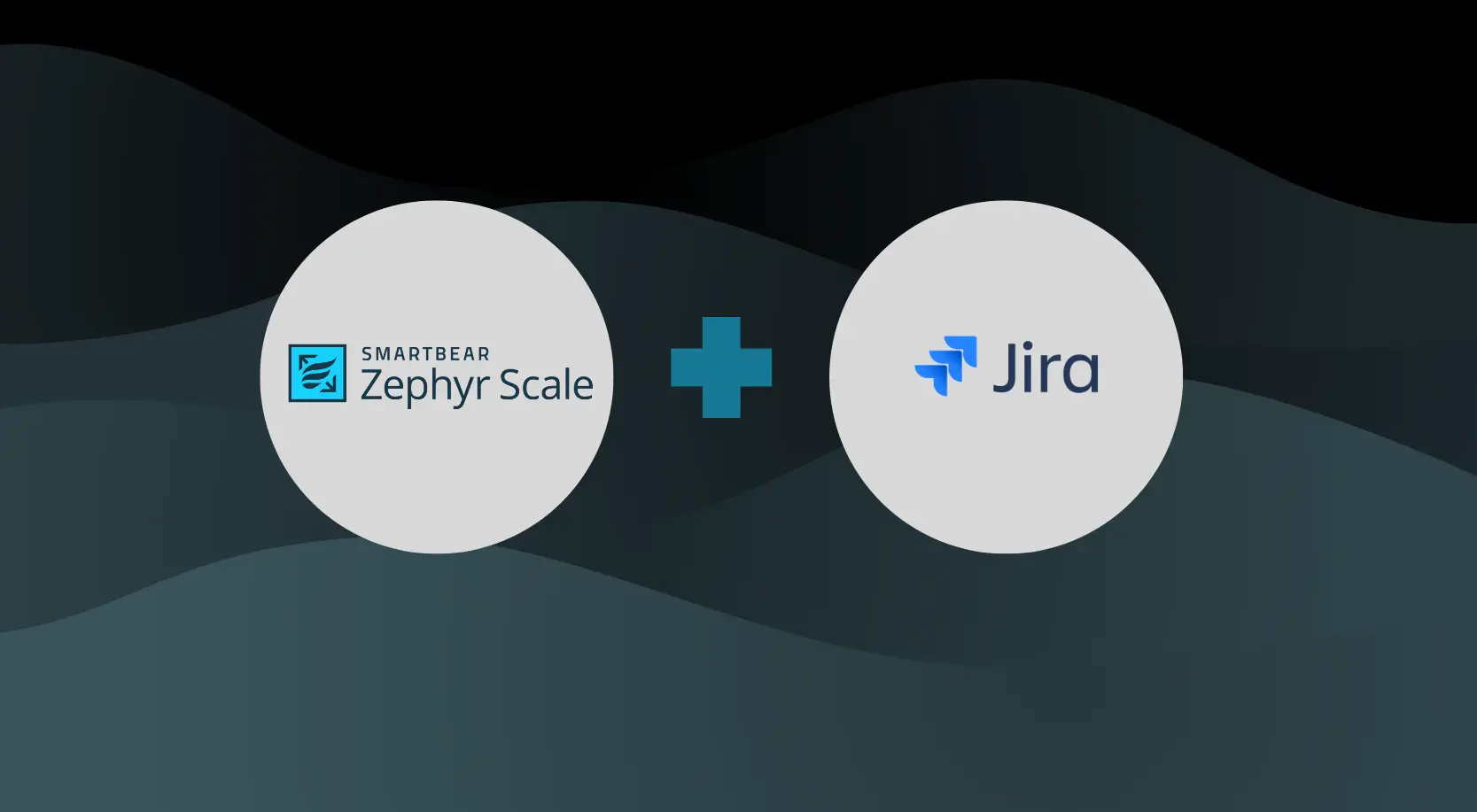
In today’s fast-paced agile development world, having a powerful, integrated toolset is critical to ensuring project success. For software development teams using JIRA for issue tracking and project management, integrating it with a robust test management tool can significantly streamline the development lifecycle. Zephyr Scale, an advanced test management solution built for JIRA, offers a scalable and comprehensive approach to managing tests, ensuring traceability, and delivering quality software products.
What is JIRA?
JIRA, developed by Atlassian, is one of the most widely used project management tools in the software industry. It is highly customizable and supports Agile methodologies such as Scrum and Kanban. Teams use JIRA to track tasks, bugs, and stories and manage sprints, making it the backbone for tracking the progress of a development project.
What is Zephyr Scale?
Zephyr Scale (formerly known as TM4J) is a scalable test management solution designed for teams of all sizes. It seamlessly integrates with JIRA, allowing teams to manage test cases and test cycles and track execution, all within JIRA’s familiar interface. Zephyr Scale’s ability to handle large volumes of test cases and users makes it an ideal solution for enterprises while still being flexible enough to cater to smaller teams.
Visual representation of the structure of a Zephyr instance

Accessing Zephyr through Jira side bar

Why Choose Zephyr Scale for JIRA?
There are several reasons why Zephyr Scale stands out as a top choice for teams seeking an advanced test management tool:
- Native JIRA Integration: Zephyr Scale is built directly into JIRA, meaning there’s no need for external tools or platforms. This deep integration enables full traceability between JIRA issues (such as user stories, epics, or bugs) and their corresponding test cases, cycles, and executions.
- Scalability for Enterprise Teams: One of the primary advantages of Zephyr Scale is its ability to scale effectively. It supports thousands of test cases and users, making it suitable for enterprise environments that require high-volume testing while maintaining performance.
- Support for Both Manual and Automated Testing: Zephyr Scale allows teams to manage both manual and automated test cases. It integrates with CI/CD tools like Jenkins and Bamboo, enabling teams to execute automated test cases directly from their pipelines. This flexibility is essential for teams that want to shift left testing and ensure continuous testing.
- Advanced Test Organization: With Zephyr Scale, teams can organize their test cases into folders, associate them with specific JIRA issues, and create test cycles for individual sprints or releases. This organizational structure helps teams keep track of large sets of test cases and maintain clarity around test coverage.
- Powerful Reporting and Analytics: One of the standout features of Zephyr Scale is its comprehensive reporting capabilities. Teams can generate detailed reports on test execution progress, pass/fail rates, and defect trends. These reports can be customized to meet the needs of stakeholders, providing critical insights into the quality of the software being developed.
Key Features of JIRA and Zephyr Scale Integration
- Test Case Management With the Zephyr Scale, test cases can be created, modified, and managed directly within JIRA. Each test case can be linked to a JIRA issue, ensuring traceability and making it easy to understand which test cases cover specific requirements or user stories.
- Test Cycles and Executions: Teams can create test cycles for each sprint or release, grouping relevant test cases into specific cycles. During execution, the results of these tests can be logged, and the status (pass/fail) is updated in real-time. This makes it easy for teams to monitor progress during different phases of testing.
View of Test cycle summary, cycles available in the second sidebar, test cases within cycles visible in the main body

View of one test case and overall test execution status.

- Traceability and Visibility
One of the most significant advantages of using the Zephyr Scale with JIRA is the level of traceability it offers. You can trace test cases back to user stories, tasks, or epics and monitor the progress of test executions. This ensures that all requirements have corresponding test coverage, reducing the likelihood of missed functionalities or bugs. - Test Planning and Organization
Zephyr Scale enables teams to plan their testing efforts efficiently. Test plans can be created to group test cases and cycles for specific releases, providing a high-level view of testing progress. The ability to organize tests into folders and create reusable test steps makes test management easier, especially for large-scale projects. - Automation Integration
Zephyr Scale integrates well with popular automation frameworks and CI/CD pipelines. Teams using automation tools like Selenium and Cucumber can seamlessly integrate their automated test executions with Zephyr Scale, enabling continuous testing and faster feedback loops. - Custom Reports and Dashboards: Zephyr Scale offers built-in reporting and dashboard capabilities, giving teams real-time insights into test execution, defects, and coverage. These reports can be customized to focus on key metrics such as pass/fail rates, coverage gaps, and defect density. Dashboards can be shared with stakeholders to provide a clear overview of the project’s quality status.
Reports Example below:

Dashboard Example below:

Benefits of Using Zephyr Scale with JIRA
- Link Test Cases to User Stories: Always link your test cases to user stories or tasks in JIRA to ensure traceability. This practice ensures that each feature or functionality has corresponding test cases that validate its correctness.
- Use Test Cycles for Each Sprint: Organize your test cases into cycles that align with your sprints. This makes it easier to track the progress of testing efforts as they relate to specific project milestones.
- Monitor Testing Metrics: Use Zephyr’s reporting tools to track test execution progress, defect trends, and overall test coverage. Regularly monitoring these metrics will help identify bottlenecks and areas that need more focus.
- Centralized Test Management: Having all test management activities centralized within JIRA ensures that teams have a single source of truth for both development and testing. This centralization makes it easier to manage large-scale projects and keep all team members aligned.
- Export Test Cases: Zephyr scale gives the option to export the designed test cases into Excel and XML format; for that, we need to follow the below steps:
- a. Go to the “Test Case” section in Zephyr Scale.
- b. Filter or select the test cases that you want to export.
- c. Click on the More icon and look for the Export option.
- d. From the dropdown menu, select “Export to Excel.”
- e. The test cases will be downloaded in an Excel file format (.xlsx or XML)
Conclusion
The integration of JIRA with Zephyr provides a powerful, unified platform for managing both development and testing processes. By combining JIRA’s project management capabilities with Zephyr’s comprehensive test management features, teams can ensure that they deliver high-quality software while staying on track with their project timelines. This integration promotes better collaboration, faster feedback, and more efficient Agile development workflows.
Whether you are managing small projects or large-scale enterprise software, JIRA integrated with Zephyr is a solution worth considering to improve your Agile testing process.






